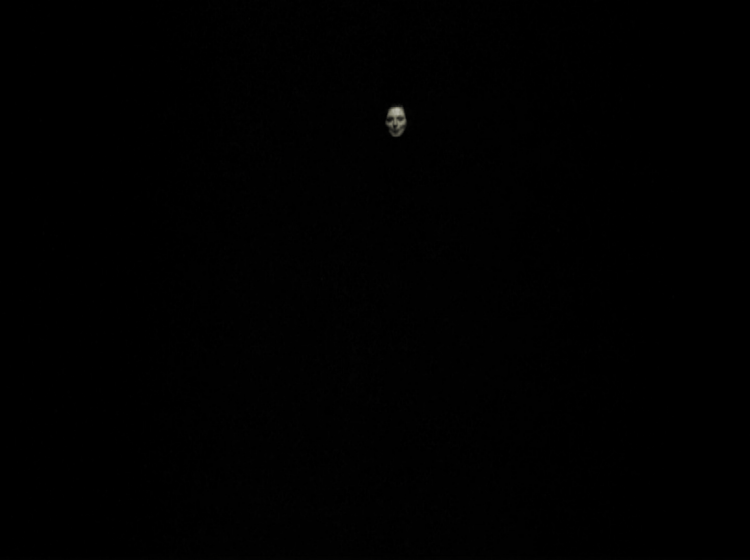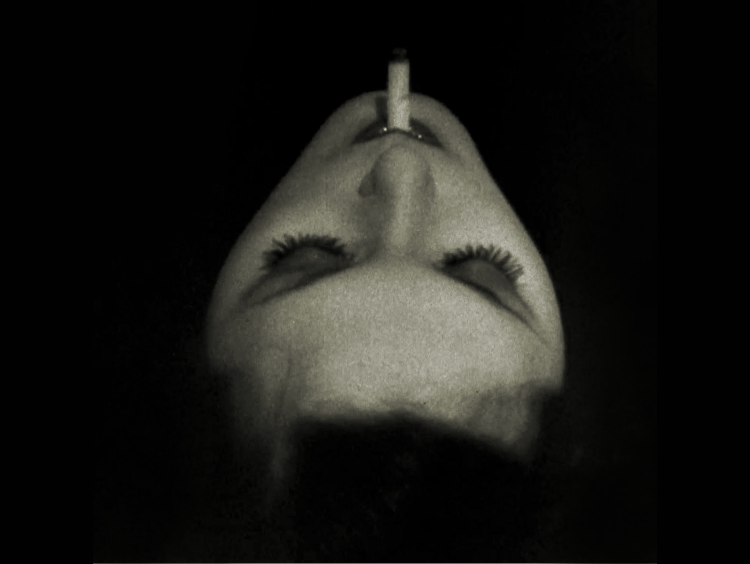Well, we knew it would be late...! I've been busy finishing work to be included in a show in Atlanta, for a gallery that's new to me. (Very exciting!) It was my year to come up with the Christmas/holiday card, and I just couldn't make time for it until the last minute. We've had a "Noir" wall calendar this year, so it's not much of a guess that the garish film posters it's illustrated with inspired the direction of the card. Rather than taking the precious time to create something from whole cloth this go 'round, I adapted the Belgian (?) poster made to promote the 1946 version of "The Killers".
I needed a little more room to work, so I expanded the image on the left side and the top. Ava Gardner's dress is blue in the original, but I adjusted it to a more Christmas-y green. And as I could not
live with her pink ankle-strap sandals, I likewise tweaked their color. I gave the film's producing credit to Nicholas - O'Donnell+Little=O'Dittle - whose silhouette looms ominously in the background. And the director is a certain "P. Prévert", a reference to G's sometime performance persona, Penny/Prudence Prévert. The actor credits are a play on our first and middle names; G's actual first name is Eugenia, if you didn't know. I tried to find fonts that were close to the original, though I had to individually "shred" the ends of the letters in the main title. Then there's our usual gender reversals; I always look great as a redhead, I must say. And G looks particularly studly here. I think her masculine allure is only enhanced by that mustache, borrowed from none other than Clark Gable.













































































